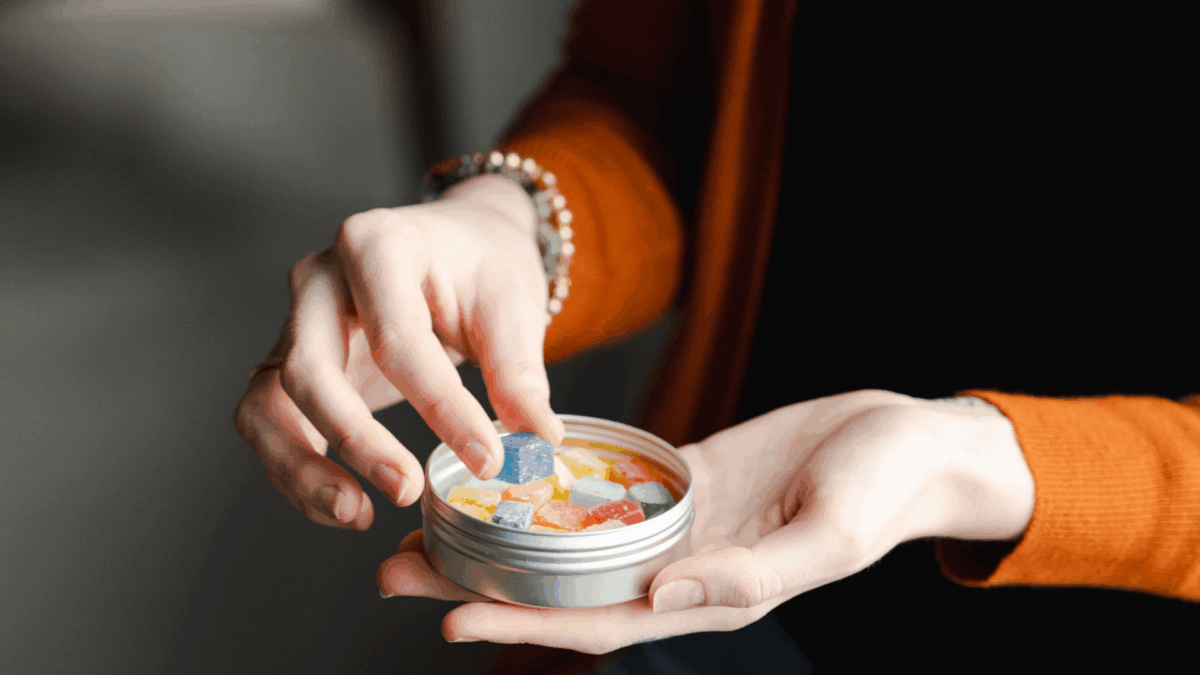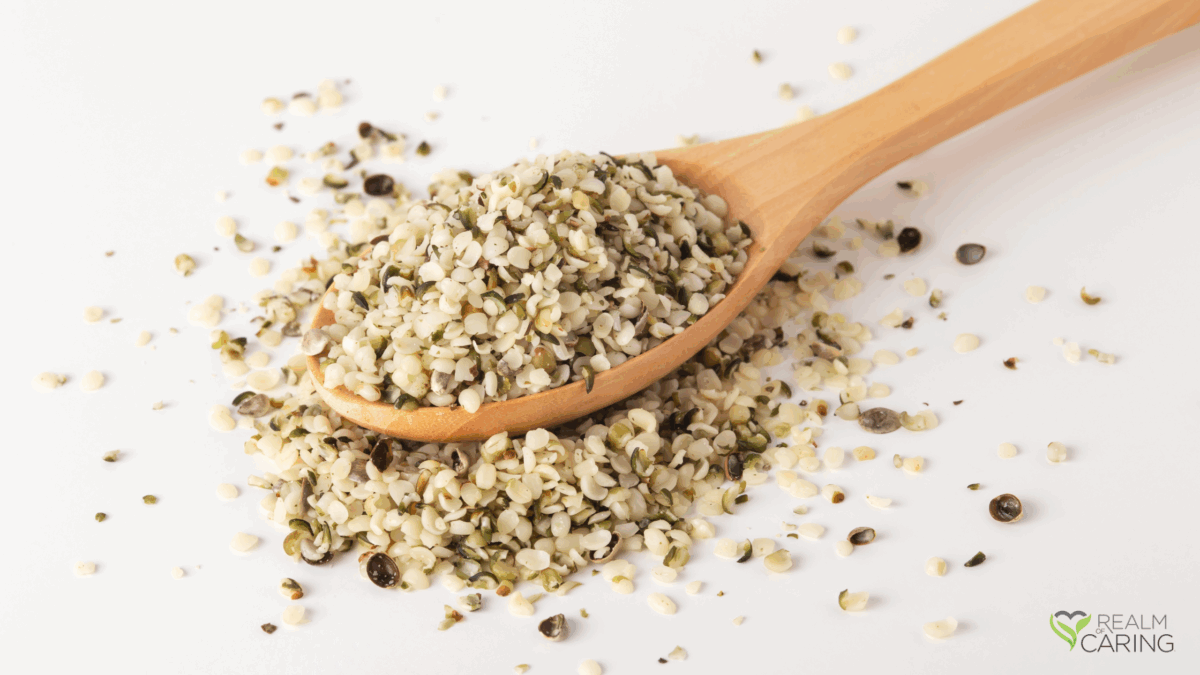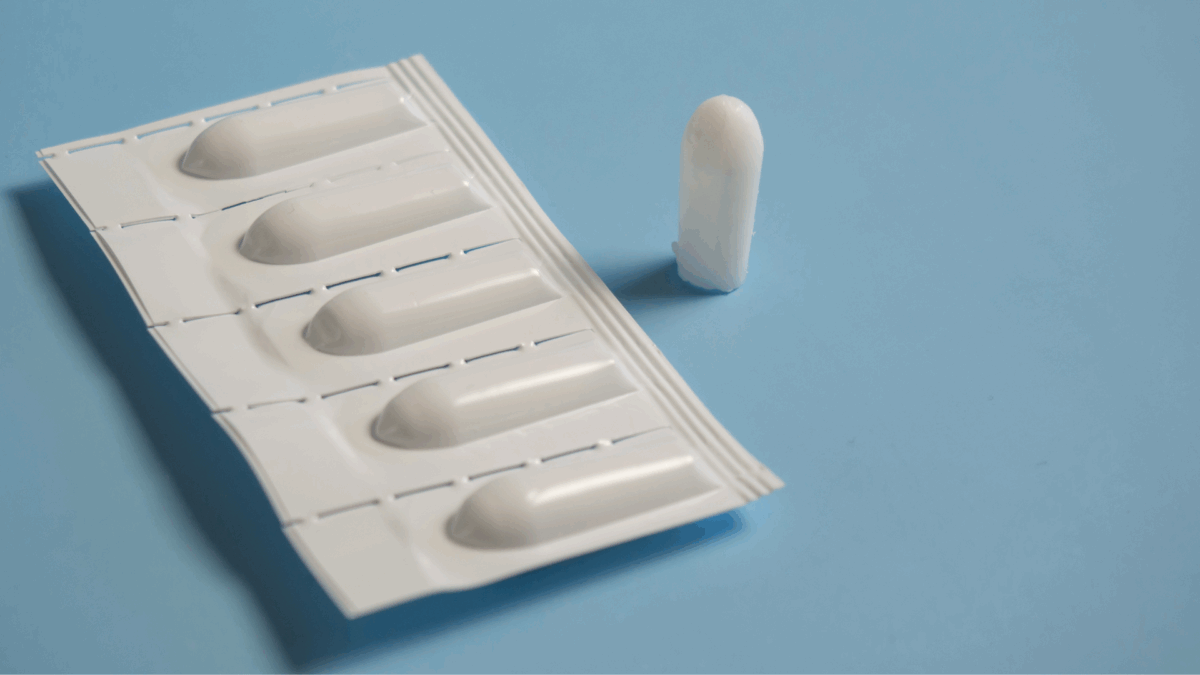August 15th is National Relaxation Day that serves as a gentle reminder to pause, breathe, and let some of life’s stress roll off your shoulders. While there are many ways to unwind, some people are exploring how cannabis compounds like CBD and THC, in very small amounts, may support a calmer state of mind.
What is Microdosing?
Microdosing refers to consuming very small amounts of a substance to experience potential benefits without strong or unwanted effects. In the context of cannabis, microdosing THC may offer certain therapeutic effects such as supporting relaxation, focus, or mood without the more intoxicating or overwhelming experience that higher doses can bring.
A Quick Look at the Cannabis Plant
The cannabis plant contains more than 100 cannabinoids, which are naturally occurring compounds that interact with the body’s Endocannabinoid System (ECS). Two of the most well-known and abundantly available in the cannabis plant are:
Delta-9-Tetrahydrocannabinol (THC): The primary cannabinoid responsible for the “high” associated with cannabis use and researched for its therapeutic potential.
Cannabidiol (CBD): A non-intoxicating cannabinoid studied for potential roles in reducing anxiety and improving sleep, among others.
The ECS is a key regulator of stress response, critical to assist our bodies in returning to a relaxed state. The interaction of plant-based cannabinoids, such as THC and CBD, and our ECS makes cannabis a likely candidate for alleviating the symptoms of many health conditions, to include stress. In fact, cannabis has been used medicinally for thousands of years in various societies around the world to reduce the physiological and psychological consequences of stress and fear.
Why Relaxation Matters for Health
Chronic stress can take a toll on mental, physical, and emotional health. Research shows that regular relaxation practices may help lower blood pressure, improve sleep quality, reduce muscle tension, and support emotional balance. National Relaxation Day, observed annually on August 15th, serves as a reminder to step back from daily pressures and prioritize stress management for long-term wellness.
CBD and Relaxation: What the Evidence Shows
CBD has been studied for its potential to help the body adapt to stress by interacting with neurotransmitters such as serotonin, dopamine, and GABA, which are involved in mood regulation and relaxation.
Survey data from thousands of CBD consumers suggest that many report:
- Calmer mood during stressful situations
- Reduced feelings of mild or temporary anxiety
- Improved sleep quality
Research indicates that CBD’s effects can vary depending on product type, dose, and individual body chemistry. Common ways people incorporate CBD into relaxation routines include:
- Tinctures for faster absorption
- Edibles for convenience and taste
- Topicals for localized tension relief
- Bath products for a spa-like experience
Microdosing THC: A Low-Impact Approach
Microdosing THC involves consuming a very small amount (often 2 mg or less per serving) to potentially experience benefits such as reduced stress, improved focus, or relief from discomfort without intoxicating effects.
Low amounts of THC may have different effects compared to higher doses. For example:
- Some research suggests small amounts may support mood and relaxation, while larger amounts could have the opposite effect.
- Low-dose THC has been explored for its potential to help with pain management without significant intoxication.
Importantly, microdosing is highly individual. What is “low” for one person may be too much for another. This is why the “start low, go slow” approach is often recommended when beginning with any cannabinoid product.
CBD and THC Together
There is growing interest in the “entourage effect,” the theory that cannabinoids and terpenes may work better together than alone. CBD may help moderate some of THC’s unwanted effects, such as anxiety or rapid heart rate, while enhancing potential benefits for relaxation, mood, and discomfort.
Other things to keep in mind before you consume:
Conclusion
While research is ongoing, both CBD and microdosed THC are being explored as tools that may support relaxation and balance by working with the body’s endocannabinoid system. For those interested in cannabinoids, understanding dosing, individual variability, and product selection is key to making informed choices about how they fit into a broader wellness routine.










